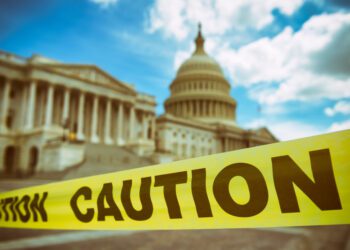Canada is pondering a federal program for pharmaceuticals to mend flaws in its vaunted public healthcare system.
Canada’s pharmaceutical prices are 25% higher than the average in the OECD, a club of 36 mainly rich countries. American prices are higher still, largely because the United States has powerful drug firms, no price-setting regulator, and lots of citizens who receive health insurance through their employers and have little idea how much it costs.
Unlike Canada, the United States also lets drug makers advertise directly to consumers. As a share of GDP, Canada’s pharmaceutical spending is the fifth highest in the OECD.
It is the only country with publicly financed universal health care that does not provide universal coverage for prescription drugs. A fifth of Canadians have no drug insurance. Nearly 1m say they spend less on food or heating to pay for them.
Hundreds of people die and tens of thousands harm their health because they stop taking medicines, according to a report in 2018 by a nurses’ union.
Politicians now agree that Canada has a drug problem. Justin Trudeau, the Liberal prime minister, who has led a minority government since a parliamentary election in October, calls drug prices a “terrible financial barrier.” In December, the government said it would introduce “national pharmacare,” some sort of federal drug-insurance benefit. Yet the proposal leaves big questions unanswered. Just how Trudeau goes about fixing drug coverage will be one of the biggest decisions of his second term.
Currently, most Canadians get drugs through a patchwork of public and private insurance schemes. Around 60% are enrolled in one of more than 100,000 private plans, mostly through their employers. Provincial governments provide insurance to groups such as old or jobless people, and in some cases to poor families.
The federal government covers indigenous Canadians and members of the armed forces. This fragmented system leaves people out, including many low-wage and self-employed workers.
A federal board sets a ceiling on prices for patented drugs, using international benchmarks to determine what is excessive. Provincial governments collaborate with each other and with the federal government to bargain prices down further. But Canada’s complex public-private system weakens its negotiating power. It does not have the market clout of Britain’s National Health Service, almost the sole buyer of prescription drugs in its market. The main question facing Trudeau is whether to fill in the gaps with a modest federal scheme, or replace the patchwork with a universal plan. He is under pressure to pick the bolder option.
Two-thirds of voters want a universal plan. The left-leaning New Democratic Party, whose votes Trudeau will sometimes need, backs universality. So did a government-appointed panel in June. “Every single darn study always comes to the same conclusion,” says Don Davies, the NDP’s health spokesman.
Before the election, Trudeau promised a C$6bn “down payment” on pharmacare over four years, far less than needed for a universal program. Support for a more modest plan could come from the Bloc Québécois, a nationalist party from Quebec which has more seats in Parliament than the NDP.
Quebec is the only province with universal public coverage for citizens who lack private insurance. The Bloc is unlikely to endorse a federal program that replaces it. The government has begun an economy drive. It is lowering price ceilings by removing the highest-cost countries, such as the United States, from federal benchmarks. That will reduce national spending on drugs by a modest C$130m a year on average over the next decade, it expects.
The government also plans to establish a national drugs agency to improve co-ordination with provinces in bargaining with pharmaceutical firms and to consider ways to standardize and expand drug coverage. But that may take years.












